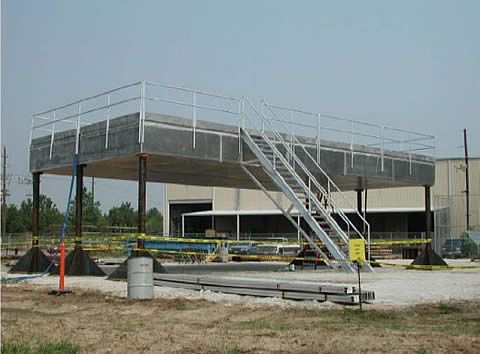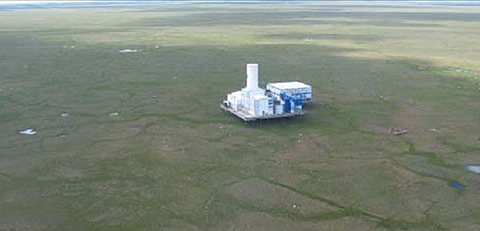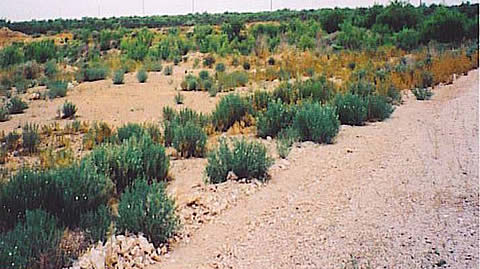The Industry Advisory Board provided oversight management of 7 Global Petroleum Research Institute (GPRI) projects, presented summaries of the Environmentally Friendly Drilling (EFD) program at six conventions, gave briefings at a number of individual companies, hosted four regular meetings of sponsors during 2007 and conducted three field trips to selected sites.
A team lead by Dr Eric Bickel (Industrial Engineering) has proposed a systems approach, an established solution to optimize decisions and ensure that the program selected satisfies chosen criteria (called attributes). (Recently this statistical approach has been proposed for locating infill wells in a developed field.) It is being used in the EFD program to arrive at the optimum system for a given site.
The EFD drilling systems analysis tool will be utilized in a graduate class project at Texas A&M by Dr. Jerome Schubert. In this class 10 teams will be drilling a well (on paper) for a hypothetical (but real) well site along the middle Texas coast. Each of the teams will independently choose the best combination of technology available to meet certain environmental conditions imposed on their group.
The Rig Power Efficiency Study: Energy and Emissions study is to develop theoretically and empirically an energy inventory of the drilling process from a rig perspective. During the drilling operations all of the design power of a specific rig is not needed (roughly 25%) power is needed the majority of the time The well site waste management project was established to investigate the possibility of developing a well site waste reduction process. The key deliverable for the project is a small footprint, low-impact environmental treatment process adaptable to real-life drilling operation, based on sound engineering and biological principles capable of converting drilling wastes to a useable product.
A&M and Houston Advanced Research Center (HARC) have created a “Disappearing Road Competition” among U.S. Universities. The project is sponsored by Halliburton and has the dual goals of identifying novel new technology while providing an educational environment for students to team on multidisciplinary projects. Texas A&M University and its partners have announced the establishment of an Oil & Gas Desert Test Center (http://www.pecosrtc.org/) near Pecos Texas on the edge of the Chihuahua desert. The new Center will be set up to evaluate new low impact drilling technology in desert ecosystems such as is found in CBM developments in the Western U.S.
Other accomplishments are as follows:
- Project to date has identified more than 90 specific technologies related to the footprint of oil and gas operations that indicate that the industry could achieve more than 90% reduction in the impact on the environment
- Prototype Systems Engineering program has been used in two well location applications in environmentally sensitive areas
- Program was developed to optimize selection of these low impact technologies for a specific drilling well plan; the process is to reduce reserve pit/mud pit sizes offers a way to provide liquid waste management at the well site for less expense than transport of waste fluids off site
- Created an industry sponsored joint venture to develop a low impact drilling system
- Began an effort to create an environmental “scorecard” that can be used to grade the benefits of a new EFD system if employed in a low impact drilling and production program
- Environmental groups have been brought into the program to assist with identifying critical issues and are part of the design
The EFD program will continue to gain support and recognition after the NETL project activities are completed. Researchers and other collaborators have created an EFD Systems, National Lab and University Alliance. The press release was held on February 16, 2009. The goal of the University National Laboratories Alliance is to develop critical new technology to accelerate development of domestic reserves in a safe and environmentally friendly manner. The Alliance includes 7 top tier Universities, two National Laboratories (more to follow) and RPSEA.






